Finding Nemo – A Marine Biologist’s View
As a marine biologist, one of the problems I have while watching movies that involve the ocean is that I see mistakes that many people don’t realize are there. Even though they don’t really affect the movie, they still bother me. One of my favorite instances of one of these mistakes is in “The Beach.” There is a shark attack in a shallow, secluded cove and the culprit appears to be a mako shark. Although not impossible, this species is usually found in deeper water and it would have been more appropriate to use a bull shark or a tiger shark. As a marine biologist, the other side of the argument is true. The knowledge I have of the ocean allows me to appreciate a movie more when it gets its facts straight.
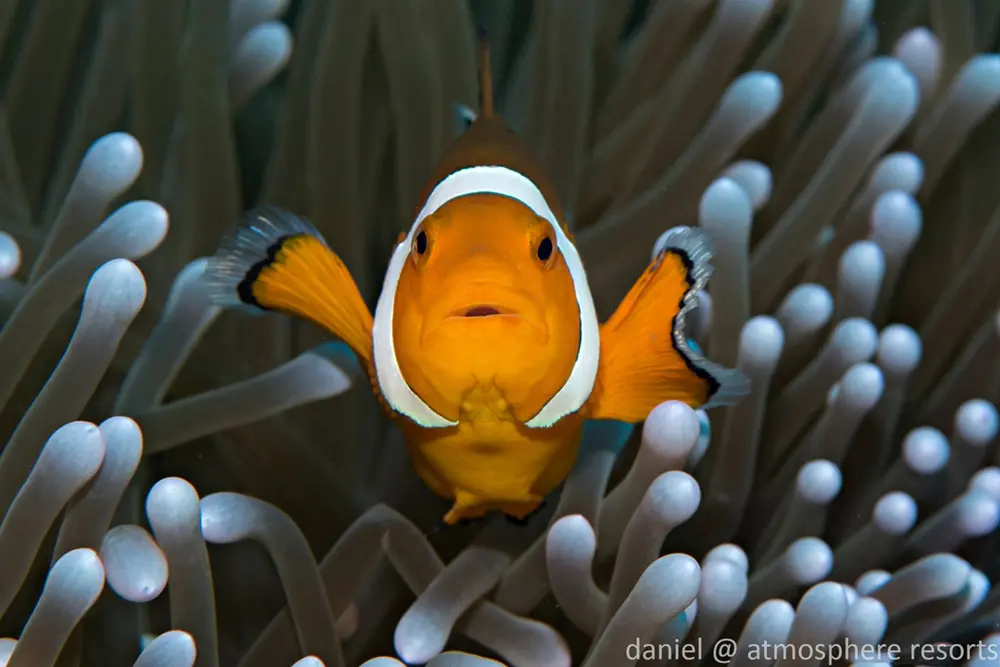
The ‘true’ Nemo is called the “False Clown Anemonefish.”
Finding Nemo is a great example of a movie that does its best to stay true to marine biology. Aside from the fact that fish and animals are speaking out loud and that they go to school with a spotted eagle ray as their teacher, most of the movie is factually correct. So what was the biggest lie told in Finding Nemo? It was a necessary lie to keep the movie kid friendly. Long story short, clownfish are hermaphrodites. Warning, spoilers ahead! If you haven’t seen Finding Nemo, stop reading, go watch it, and then continue reading after you’ve finished.
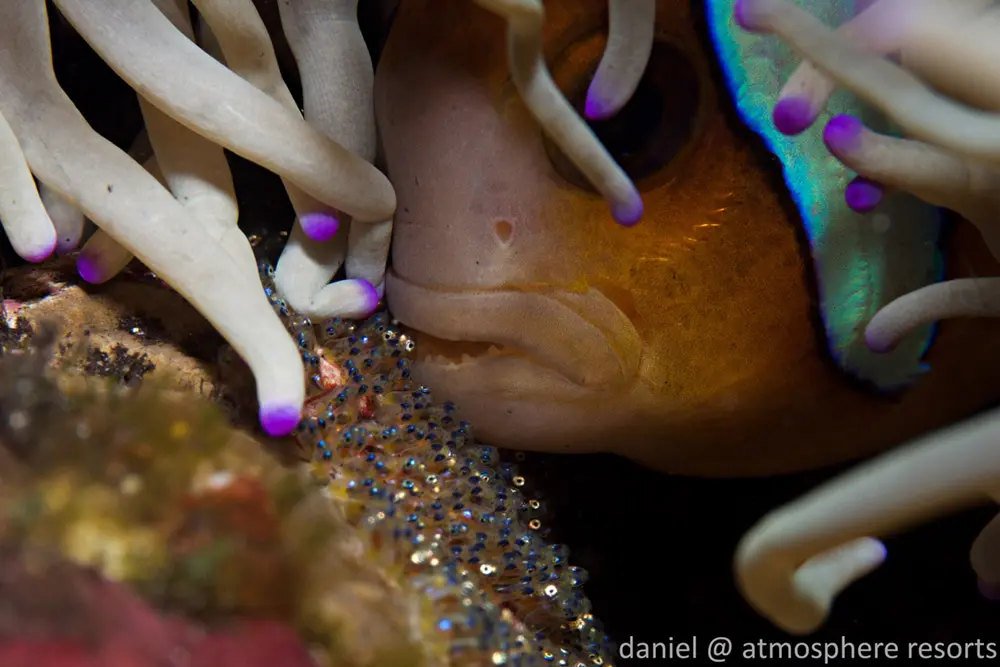
Clownfish eggs attached to a rock hidden beneath an anemone.
The Real Finding Nemo – Not A Children’s Story
In the beginning of the movie, a barracuda attacks Nemo’s mom and dad as well as all of their eggs. After Marlin (Nemo’s dad) wakes up from being knocked out, there is no one left except one little egg, which will become Nemo when it hatches. This is where the big lie begins. There is a defined hierarchy in every clownfish family. The largest clownfish is always the female. She is the dominant fish in the anemone and she is in charge. The second largest clownfish is the dominant male. He and the dominant female are a mating pair and are the only clownfish that will mate. The rest of the clownfish are normally smaller and they are ‘undifferentiated hermaphrodites’ which means they have reproductive tissue of both males and females. What happens next is where it starts to get a bit weird.
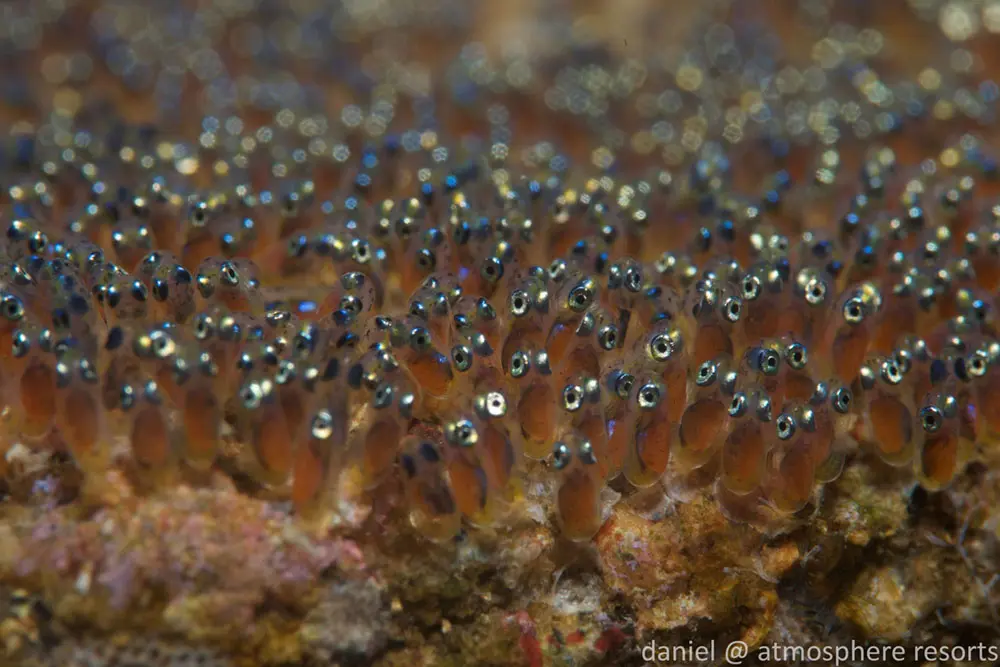
Dominant female keeping her eggs clean.
What Really Happens?
When a female clownfish dies, the dominant male changes sex and becomes the dominant female. One of the smaller clownfish becomes the dominant male, and another small clownfish, if allowed, will join the ranks. This will happen every time the dominant female dies – the male takes her place. It is very hard for new clownfish to settle in an anemone due to this hierarchy. There is a lot of bullying that takes place when a new clownfish arrives, and some of these babies, about a week old, have been known to ride currents over 200 miles to find new anemones.
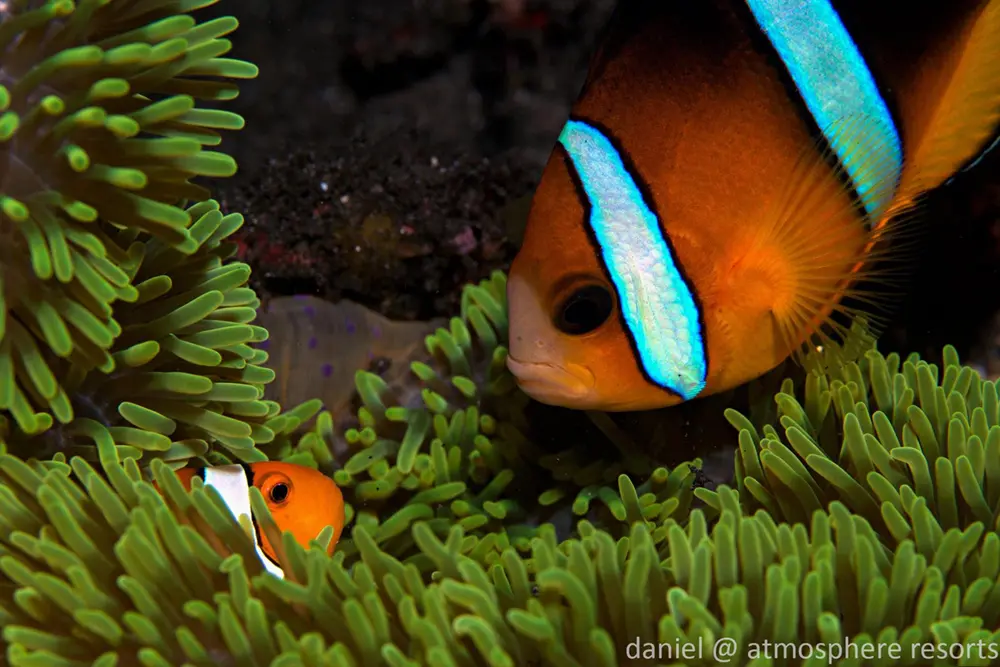
Clownfish are very territorial and have been known to attack divers and sea turtles. In this photo, two different species are facing off because of the proximity of their anemones.
So what would Finding Nemo be like if it were entirely accurate? Assuming that when Nemo hatched he didn’t migrate down the reef in the current, it would become an incestuous love story. Nemo’s dad, the dominant male, would become the dominant female, essentially becoming Nemo’s “mom.” Nemo would fill the role of dominant male and mate with the dominant female, which was formerly his dad Marlin, who is now his mom, and also mating partner. Although it would make for a hilarious story line, this alternate version of Finding Nemo would not be too kid friendly. If you want to know more, follow this link for a video that outlines the process from The Beckman Institute.
Written by Daniel Geary, Marine Biologist


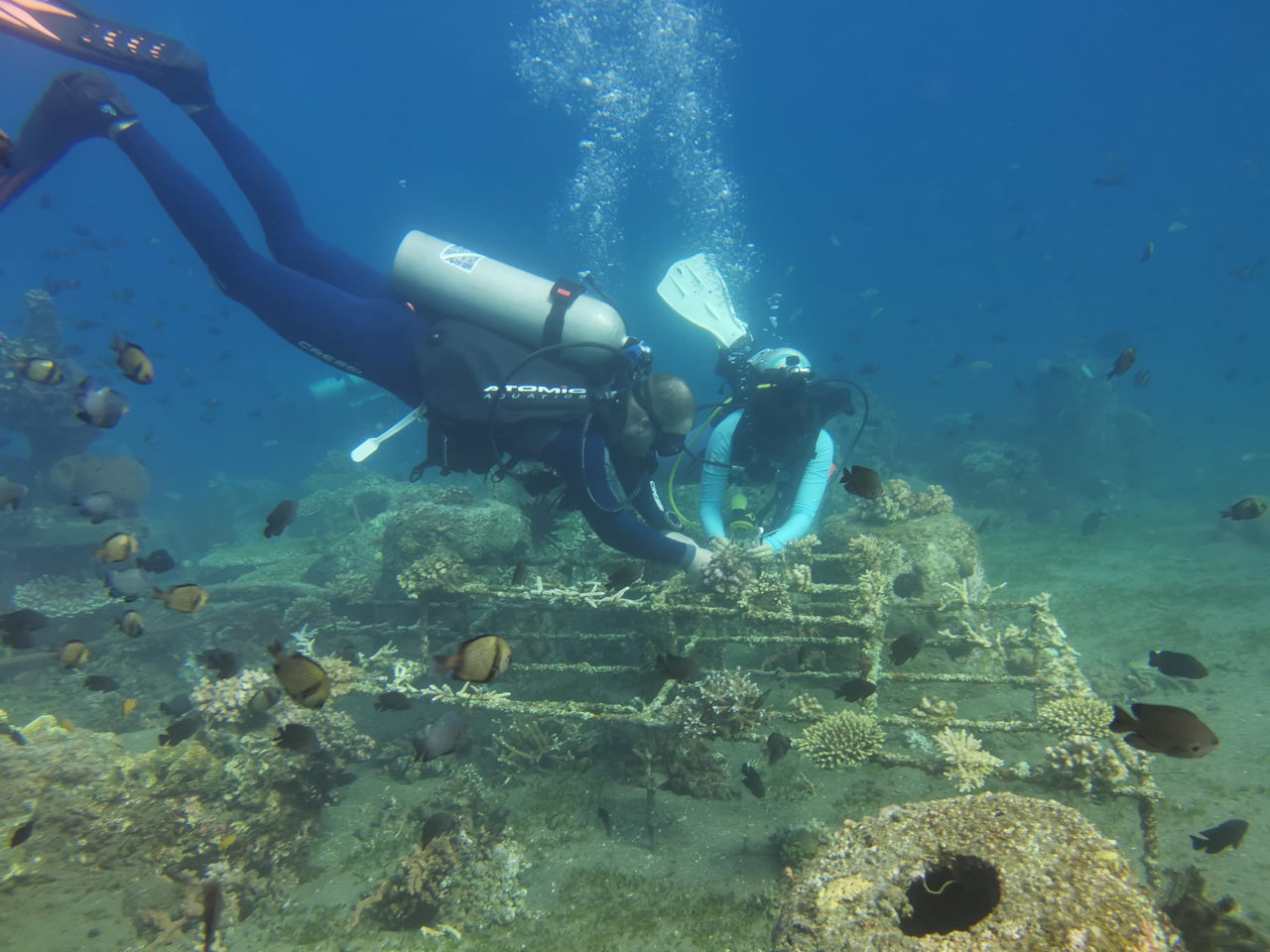

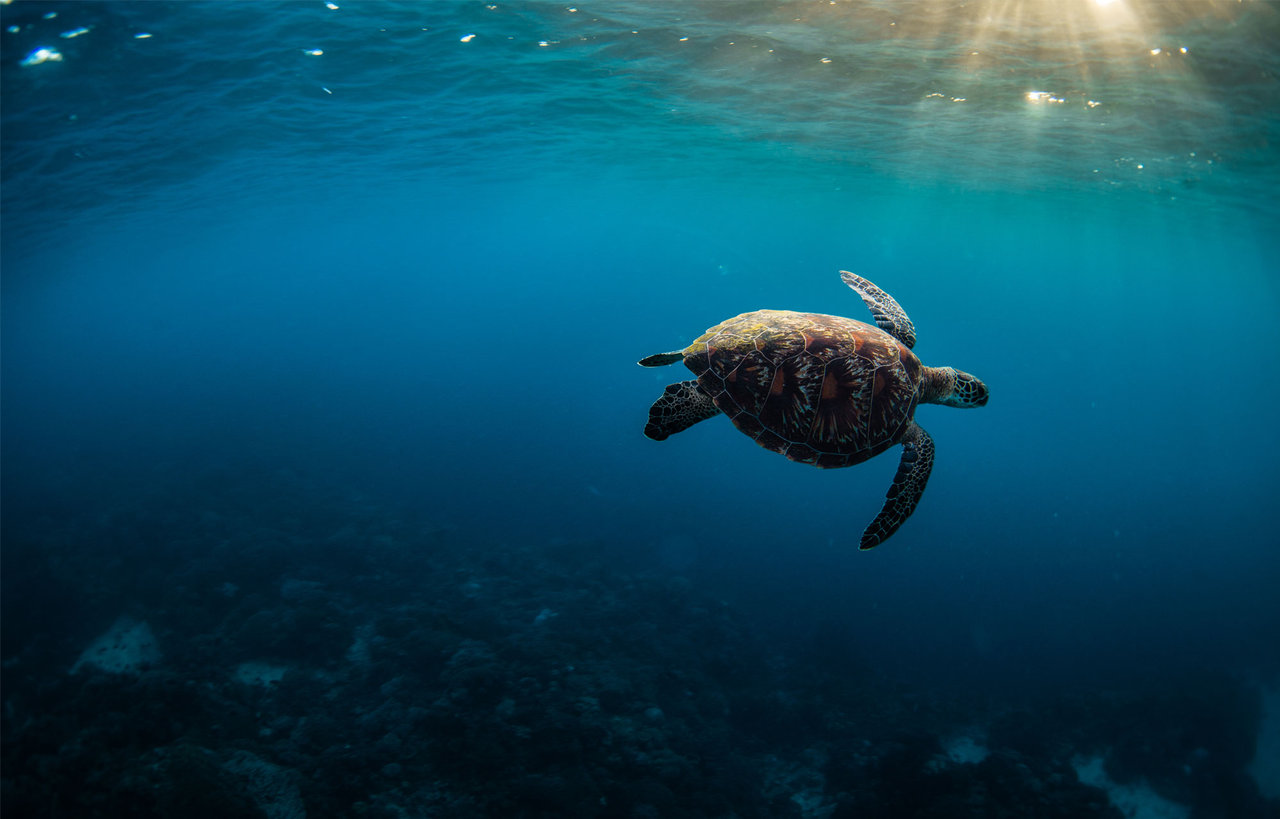


And this made me watch “THE FINDING NEMO” movie.. hehe 🙂 cheers!!!
For christ’s sake.. it’s a movie intended for kids.. not for biologists.. just my two cents…
As Scuba divers, Finding Nemo is one of our favourite Disney films and this blog post is intended only to be amusing and informative. Thanks
Everything you said was true but finding nemo was a story made for children… it would be very difficult for most of the children to understand if the story goes the way like the real clown fish, it would be hard some parents to explain how they changes when the female dies. 🙂